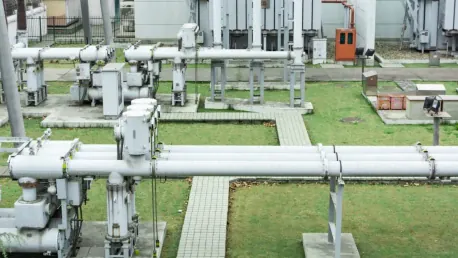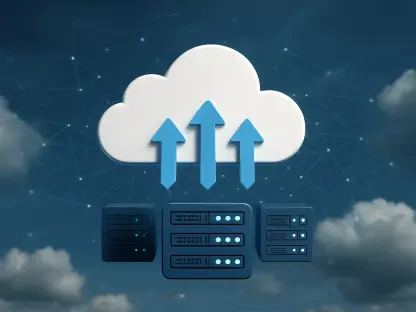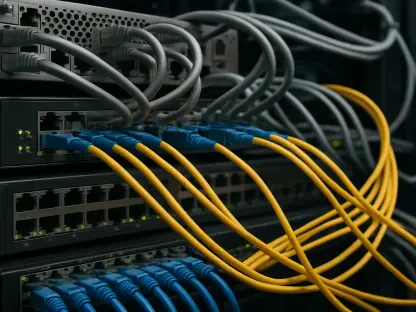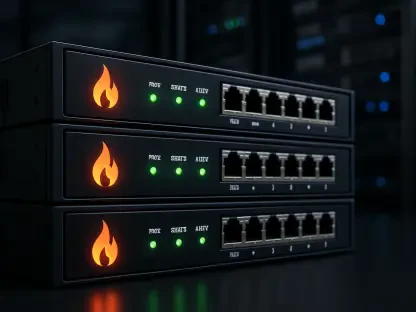Matilda Bailey is a Networking specialist who focuses on the latest technologies and trends in cellular, wireless, and next-gen solutions. With expertise in the field, Matilda will help unravel the complexities and potentials of distributed intelligence within the energy sector.
Can you start by explaining what distributed intelligence is in the context of the energy sector?
Distributed intelligence refers to the decentralized processing of data and decision-making at the edge of the energy network, where the distribution meets customer premises. It aims to provide real-time visibility and intelligence at service points such as homes and businesses, addressing disruptions occurring in the low voltage portion of the network.
What were the primary challenges with the traditional SCADA/ADMS systems?
Traditional SCADA/ADMS systems were designed for managing centralized generation and higher voltage segments of the energy network, handling thousands to tens of thousands of data points. They struggle with the modern disruptions in the low voltage segment where millions of nodes require real-time monitoring and decision-making.
How does distributed intelligence address these challenges?
Distributed intelligence brings processing and decision-making closer to the situational environment at the edge of the network. This reduces latency, increases operational speed, and enhances accuracy through access to high-fidelity data, ultimately bridging the gap between centralized systems and the grid edge.
Why is real-time visibility and intelligence at the grid edge so crucial today?
The grid edge is where consumer technologies like renewable energy sources and smart devices intersect with the distribution network. Real-time visibility ensures timely responses to disruptions, allows for optimized energy management, and supports the integration of new technologies essential for a resilient and reliable grid.
What are the key components of the Itron Distributed Intelligence platform?
The Itron platform combines secure service point edge computing, access to real-time data, local coordination, and lifecycle management and analytics capabilities. These components enable efficient data processing and decision-making at the grid edge, improving operational efficiency and awareness.
Can you explain the role and importance of secure service point edge computing in this system?
Secure service point edge computing involves distributed intelligence apps that operate within isolated Linux containers. This setup ensures that data analysis runs securely and independently from metrology and billing functions, protecting sensitive information while allowing real-time processing.
How does access to real-time data enhance the efficiency of distributed intelligence?
Access to high-fidelity real-time data allows for quicker and more accurate decision-making. This improves event detection, reduces latency, optimizes network utilization, and increases operational awareness, leading to more effective responses to dynamic grid conditions.
What are distributed intelligence apps and how do they function within the system?
Distributed intelligence apps are specific solutions designed to handle common challenges within the utility industry. They operate at the edge of the network, analyzing data in real-time to address issues related to grid resiliency, consumer engagement, and the integration of renewable energy sources.
Could you give us some examples of use cases where distributed intelligence apps have been beneficial?
Examples include measuring hosting capacity and detecting electrical connection issues using one-second data, or employing 32KHz waveform data for enhanced load disaggregation and identifying early equipment failures. These applications demonstrate the real-time problem-solving capabilities of distributed intelligence.
How does lifecycle management and analytics capability integrate into this platform?
A modular software platform enables comprehensive lifecycle management and analytics, facilitating the development, testing, deployment, upgrading, and monitoring of distributed intelligence apps. This integration ensures utilities can continuously innovate and optimize their operations.
What tools and environments does the platform provide for app development?
The platform supports agile app development through local and cloud environments, SDKs, data simulators, and tooling. These resources empower utilities and third-party developers to create, test, and deploy distributed intelligence apps efficiently and independently.
Why is it important for the development and deployment of DI apps to be conducted independently of the platform?
Independence in app development and deployment allows for continuous innovation without the need for complex and costly code integration and regression testing. This autonomy accelerates the implementation of new functionalities and maintains operational flexibility.
How does this independence contribute to continuous app innovation?
By eliminating bottlenecks associated with integration and testing, developers can rapidly introduce new features and improvements. This fosters a dynamic environment where apps can evolve in response to emerging challenges and technological advances.
What are the primary goals of distributed intelligence apps in the utility industry?
Distributed intelligence apps aim to enhance grid resiliency, reliability, consumer engagement, and responsible energy management. They address dynamic grid conditions, incorporate renewables, and ensure a sustainable future through optimized energy use.
How do these apps improve grid resiliency and reliability?
By analyzing real-time data and responding to changing conditions, these apps improve resilience and reliability. They manage voltage and frequency fluctuations, predict and mitigate issues, and ensure stable grid operation under varying circumstances.
In what ways do they engage consumers to address grid issues related to DERs?
Distributed intelligence apps facilitate consumer participation by providing insights into energy usage patterns and DER impacts. This engagement promotes awareness and collaboration in managing distributed energy resources effectively and sustainably.
How do distributed intelligence apps help with integrating renewables and managing energy responsibly?
These apps optimize the integration of renewable energy sources by balancing load demands and ensuring efficient energy distribution. They monitor and manage the grid proactively, supporting responsible energy consumption and reducing environmental impact.
How does over-the-air secure installation of DI apps benefit utilities and customers?
Over-the-air installation allows utilities to deploy apps efficiently across a wide array of devices, enhancing functionality and addressing individual customer needs seamlessly. This capability provides flexibility and scalability in managing grid operations.
In what ways can investing in grid edge intelligence improve the management of distribution networks and customer relationships?
Grid edge intelligence enhances visibility and control, enabling proactive management of distribution networks and improving customer service. It helps detect and resolve issues swiftly, ensuring reliable energy delivery and fostering positive relationships.
What is Itron’s operational experience with distributed intelligence?
Itron has extensive experience deploying distributed intelligence solutions, demonstrating their effectiveness in various utility environments. Their platform has successfully improved operational efficiency, grid reliability, and consumer engagement through innovative applications.
How applicable is the distributed intelligence solution to the Norwegian Energy Market?
The Norwegian Energy Market can benefit significantly from distributed intelligence solutions, given its focus on renewable integration and sustainable energy management. Itron’s expertise and platform can support Norway’s energy goals through enhanced grid edge capabilities.









